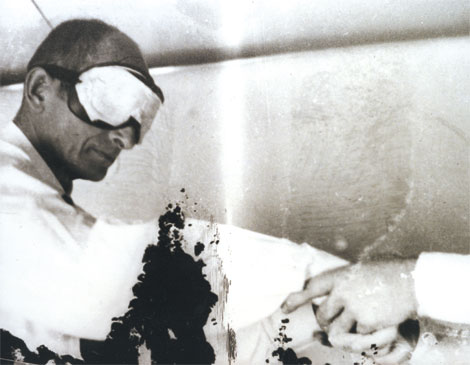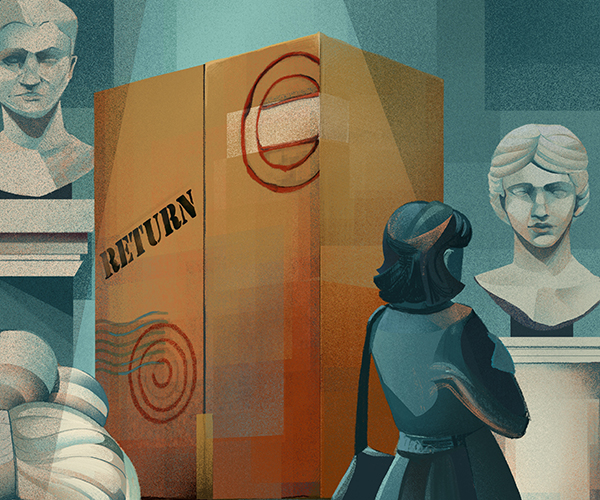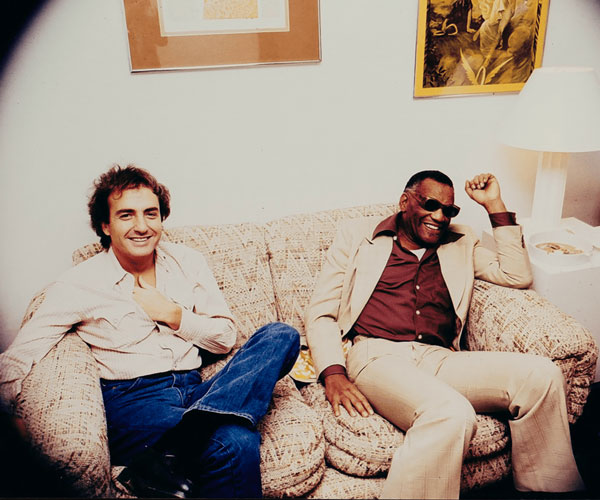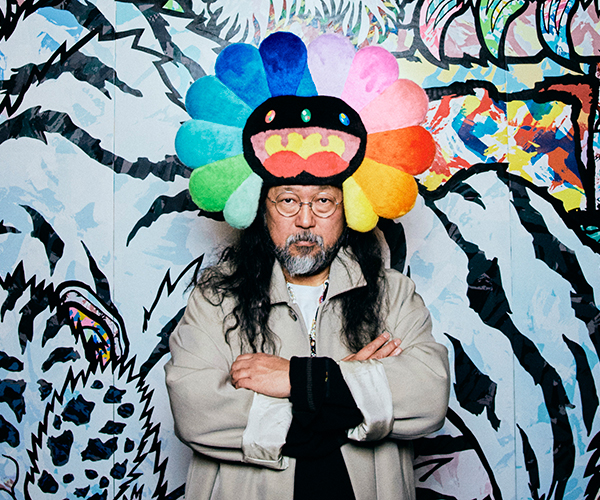The story of the most notorious escaped Nazi war criminal, Adolf Eichmann, has been cloaked in secrecy for more than a half-century — but now the secret is out. Israeli intelligence agency the Mossad recently declassified documents, personal testimonies and artifacts that expose Eichmann, an architect of the Holocaust who fled to South America before being caught, tried and executed.
See how he was brought to justice in Operation Finale: The Capture and Trial of Adolf Eichmann, on display at the Maltz Museum of Jewish Heritage Feb. 19-June 12.
Milton Maltz, the museum's founder, drew inspiration for Operation Finale from a small exhibit at the Museum of the Jewish People in Tel Aviv, Israel. "He was captivated by the story and really excited to organize a bigger, more comprehensive exhibition in the U.S. and circulate it around the country," says Maltz executive director Ellen Rudolph.
The Maltz Museum worked with the Mossad and Museum of the Jewish People for two years developing the 4,000-square-foot exhibit filled with 70 photos, six films and more than 60 artifacts, including an identification card with Eichmann's alias Ricardo Klement and the blindfold he wore on the plane from Argentina to Israel when he was captured. As the exhibit's centerpiece, the bulletproof booth Eichmann sat in during the trial is near three screens playing an immersive trial film.
"The way it will be presented will be very, very chilling," Rudolph says. "You'll see survivors. On another screen, you'll see prosecutors. And on another, you'll see Eichmann."
The trial was empowering for survivors, especially those who testified, leading prosecutor Gideon Hausner to say, "I am not standing alone. With me are 6 million accusers."
"It was one of the first times survivors of the Holocaust got up and told their stories," Rudolph says. "And they were broadcast throughout the world."
Putting together the exhibit has taught Rudolph about the rebuilding after World War II, and the Israeli and European people coming to grips with what a New Yorker reporter called "the banality of evil."
"Neither Eichmann nor the majority of the higher-ups in the Nazi scheme were psychopaths," she says. "They just bought into a worldview that allowed them to do incredibly inhumane and hideous things to people. They did their jobs and went home to their families."




